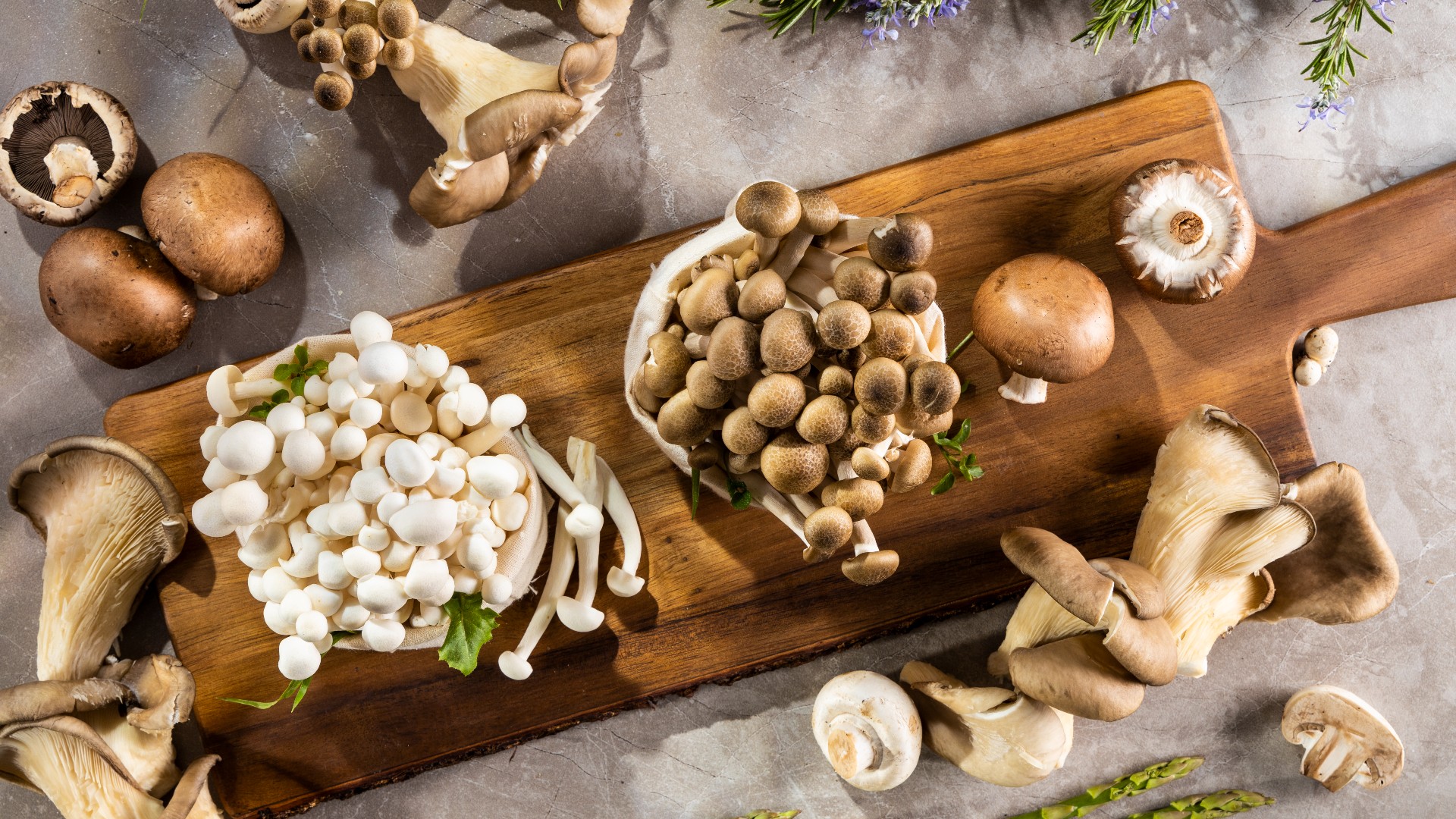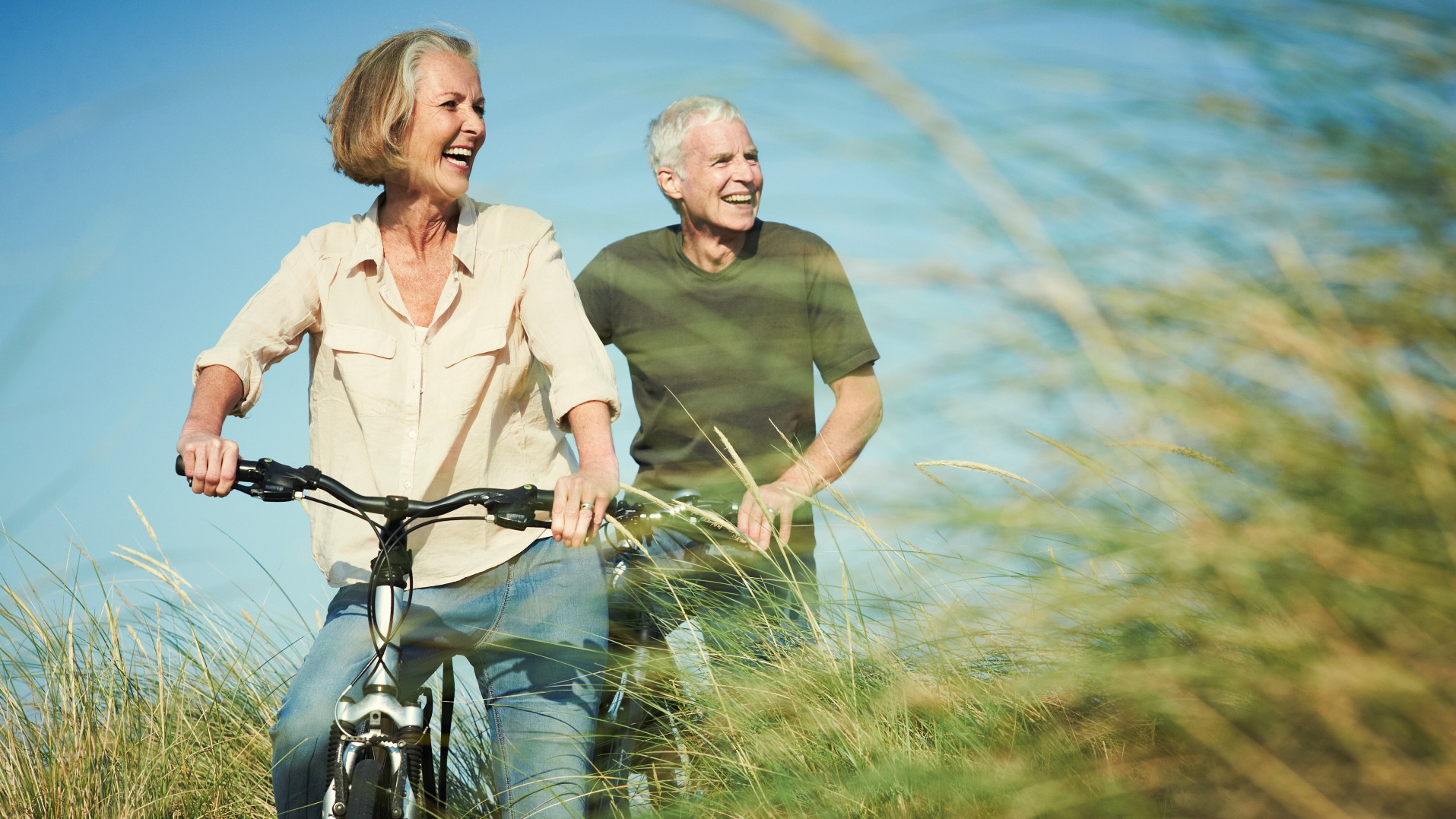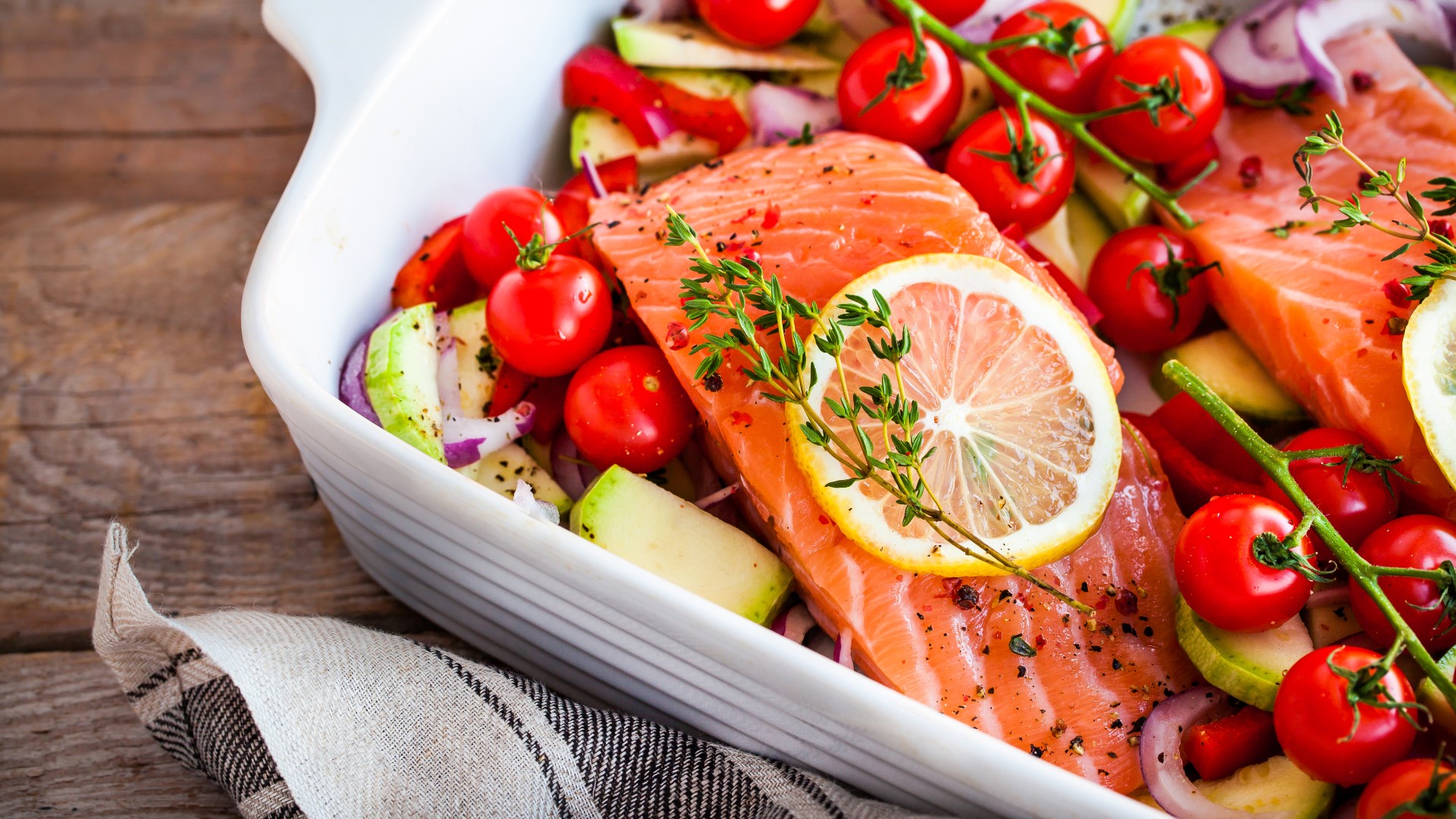Six sources of vitamin D to boost your mood
Be sure to get enough of the ‘sunshine vitamin’ with these useful dietary sources of vitamin D

Although sources of vitamin D might be scarce, it’s vital we get enough of this nutrient. Often known as the sunshine vitamin, the primary source of vitamin D is actually the sun itself. But why do we need vitamin D?
Dietitian Helen Bond explains that vitamin D is a fat-soluble vitamin, which is stored in the body. “It is well known for its role in building and maintaining healthy bones and teeth,” she says. “That’s because vitamin D helps the body to absorb and use the minerals calcium and phosphorus. This essential nutrient also promotes healthy muscle function and helps support the immune system.”
There’s also research to suggest that adequate levels of vitamin D can support our mood and help avoid or overcome depression. Because of the sun being a key source of vitamin D, it does mean that in many countries it can be hard to obtain enough vitamin D to hit adequate intakes. Darker months, where the sun rises later and sets earlier, can prevent much of the population from getting enough sunlight on their skin. Or, perhaps the sun isn’t strong enough.
The Recommended Dietary Allowance (RDA) for adults is 15 micrograms (µg) daily for men and women, and for adults over 70 it rises to 20 µg daily.
“National dietary surveys reveal that adults only get around 2.9 µg a day, on average from food, while children and teenagers get around 2.3 µg a day,” says Bond.
There are studies that link vitamin D deficiency with cancer, cardiovascular disease and diabetes, to name a few. So it’s important we get enough of this vitamin. Bond says that there are only a few foods that naturally contain vitamin D, so make sure to add these to your diet to reap the benefits of this vitamin. You can also take the best vitamin D supplement during the winter months.
1. The sun and supplementation
Bond explains that vitamin D is dubbed the ‘sunshine vitamin’ because most of the vitamin D we get is made when the skin is exposed to ultraviolet B (UVB) rays from sunlight, during the months of April to September.
“Outside these months, sunshine does not provide enough UVB rays needed to make significant amounts of vitamin D in the skin – even if it is a sunny day. Therefore, it’s recommended that during the autumn and winter months, adults should eat foods rich in vitamin D and take a daily supplement containing at least 10 μg of vitamin D,” says Bond.

Helen Bond is a registered dietitian. She has a Bachelor of Science in Dietetics from Queen Margaret University, Edinburgh, having incorporated six months studying dietetics and applied biology at the Universite des Science et Technologies in Lille, France. In 2000, she started her own business and took on the position of consultant dietitian.

2. Mushrooms
The humble mushroom, when exposed to UV light – either by sunlight or a UV lamp – can produce a healthy amount of vitamin D, according to research published in Nutrients journal. In fact, 100g of mushrooms, if eaten before the best before date, can provide 10 μg of vitamin D. This is two thirds of the RDA for adults, making it a useful dietary addition for ensuring adequate vitamin D.
Mushrooms also contain other goodness including various B vitamins, which can support the health of our hearts, as well as supporting our nervous system. Some B vitamins also help the body break down and use energy from food.
3. Oily fish
Bond says that oily fish like salmon, fresh tuna, trout, mackerel and sardines are useful sources of vitamin D. A 100g portion of sardines in sunflower oil contains around 3.6 µg; just under a quarter of the RDA of vitamin D for adults.
Meanwhile, a medium portion of kippers (130g) packs in an impressive 13.1 µg of vitamin D, while one portion of grilled mackerel (160g) contains a similar amount at 13.6 µg. Both of these are close to the RDA for adults. Added to this, just two teaspoons of cod liver oil contains 5 µg; one third of the RDA for adults.
These oily fish also contain healthy levels of omega-3, a nutrient that’s been shown to reduce inflammation.

4. Egg yolks
Bond says that one medium egg, weighing around 58g, contains about 1.9 µg of vitamin D. This is just under 20% of an adult’s RDA of vitamin D.
There’s been debate over eggs and their potential to raise cholesterol levels as they do contain cholesterol. However, there’s research to suggest that eggs can in fact help lower the risk of heart disease. The golden center of the egg also contains other nutrients. Protein, needed for the body to grow and repair, can be found in egg yolks, as well as biotin. Biotin is also known as vitamin B7 and is needed in small amounts to help the body make fatty acids.
5. Offal
Offal includes kidney and liver; foods which many of us may neglect. In fact, 100g of fried lamb’s liver contains 0.9 µg of vitamin D. This is less than 10% of an adult’s RDA of vitamin D, so it’s important to also ensure you’re getting vitamin D from other sources, too.
Bond says that offal-based foods also contain vitamin A. Vitamin A is needed to help the immune system work properly, plus it helps vision in dim light and keeps skin healthy.

6. Fortified foods
Many foods now are fortified with vitamin D. This isn’t just useful for the general population, but also vegetarians and vegans who may not eat animal-based foods.
“Vitamin D is added to some breakfast cereals, fresh fruit juices, milk alternatives [check labels] and margarines,” says Bond.
These foods also contain other nutrients. Fruit juice, for example, contains vitamin C, which is good for immune health, although it’s best to opt for no-added sugar varieties as fruit juice already contains sugar from the fruits.
Cereals will often contain fiber too, which is vital for a healthy digestion. Cow’s milk is also often fortified with vitamin D, but do check labels to be sure.
This article is for informational purposes only and is not meant to offer medical advice.
Sign up for the Live Science daily newsletter now
Get the world’s most fascinating discoveries delivered straight to your inbox.
Lucy is a freelance journalist specializing in health and fitness. She was previously the Health and Fitness Editor across various women's magazines, including Woman&Home, Woman and Woman’s Own as well as Editor of Feel Good You. She has also previously written for titles including Now, Look, Cosmopolitan, GQ, Red and The Sun. She lives and breathes all things fitness; working out every morning with a mix of running, weights, boxing and long walks. Lucy is a Level 3 personal trainer and teaches classes at various studios. Plus, she's pre- and post-natal trained.











